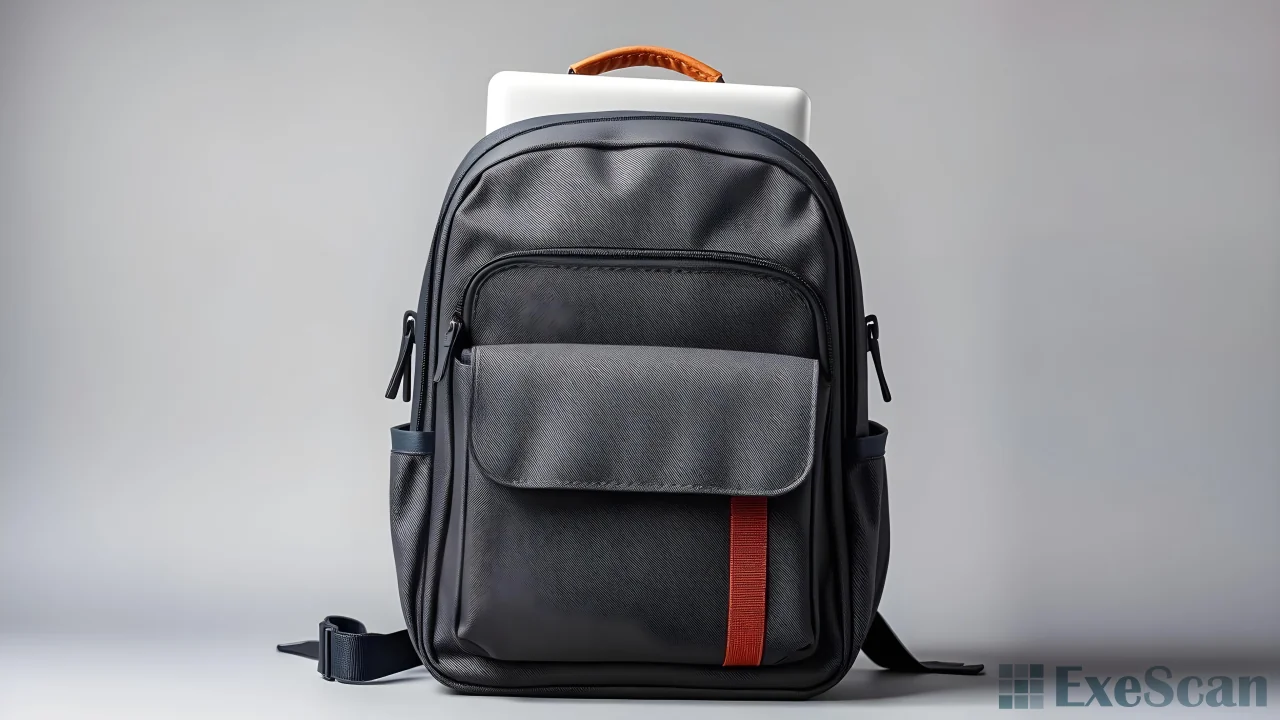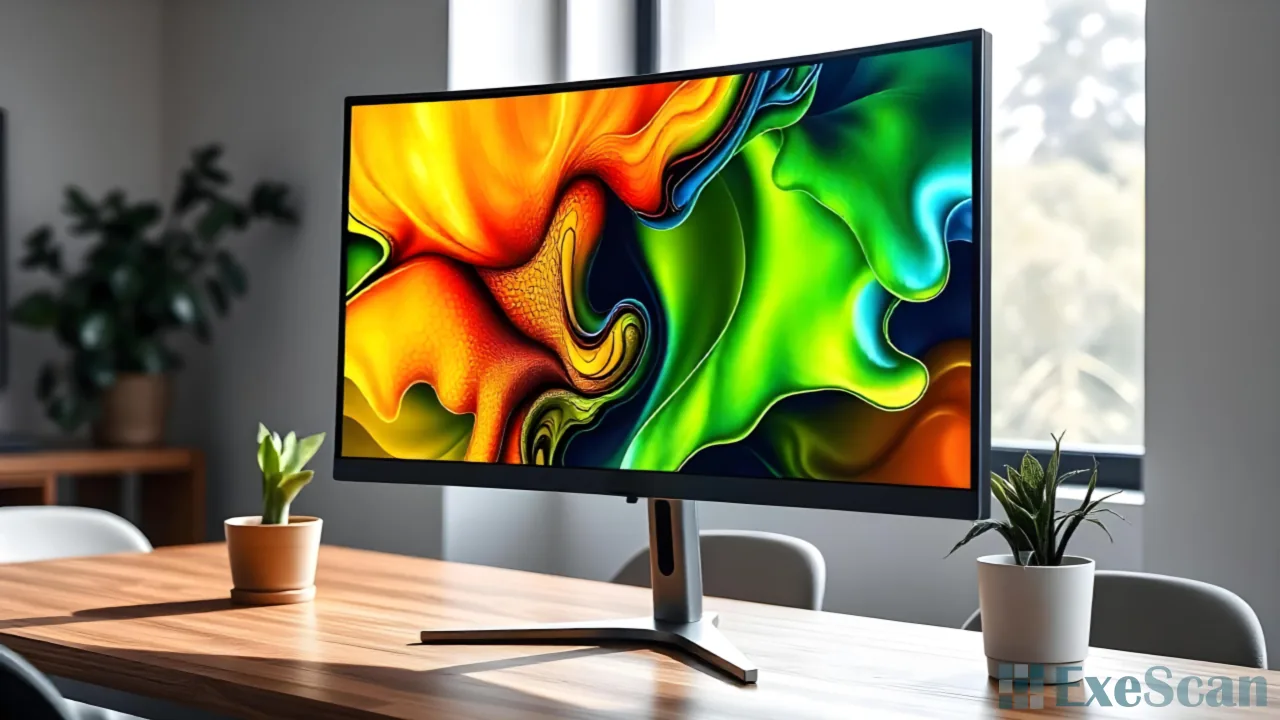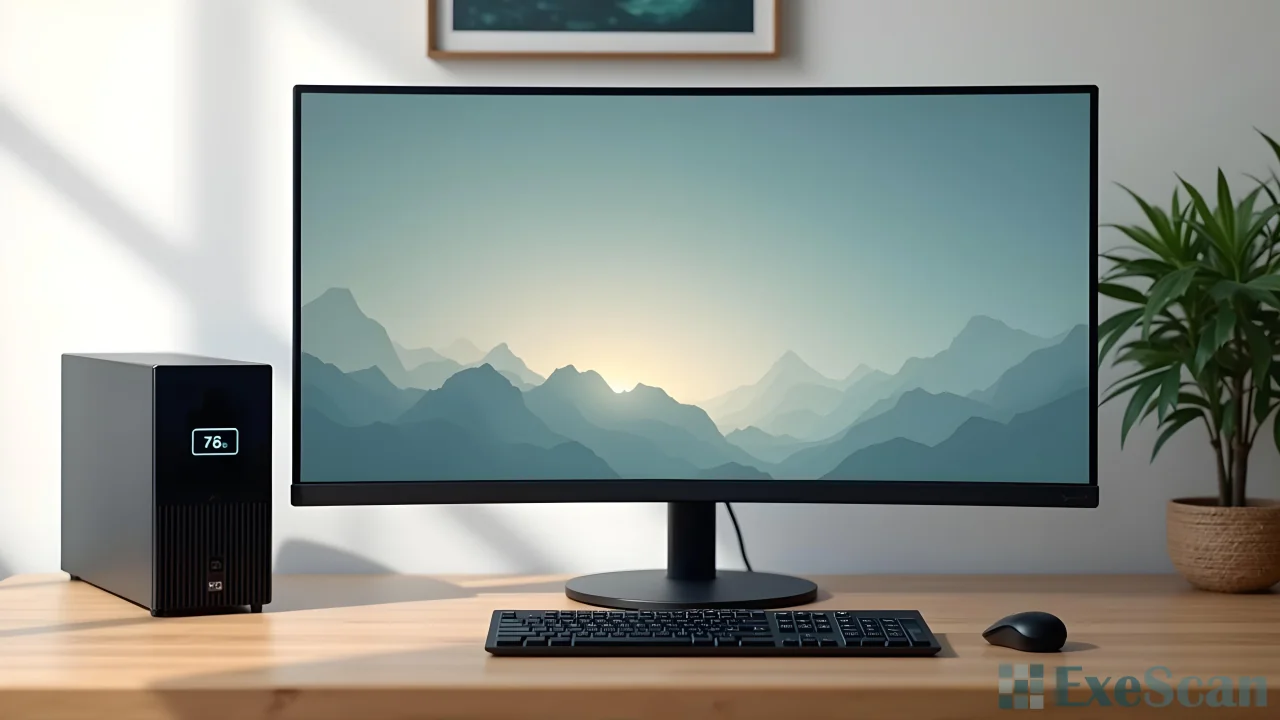When it’s time to buy a school laptop for your child, it can feel overwhelming. There are so many options, and it’s crucial to find the right one to support their educational needs. Here are some tips to help you choose the best laptop for your child’s school use.
Determine the Budget
First, decide on a budget. Laptops can range from a few hundred to several thousand dollars. Knowing how much you are willing to spend will help narrow down the choices. Remember, a higher price doesn’t always mean better quality. Look for a laptop that offers the best features within your budget.

Consider the Operating System
The operating system (OS) is essential. The three main options are Windows, macOS, and Chrome OS. Each has its strengths:
- Windows: Offers a wide range of software and is widely used in schools.
- macOS: Known for its reliability and smooth performance, but tends to be more expensive.
- Chrome OS: Typically found on Chromebooks, which are usually more affordable and perfect for online tasks and cloud storage.
Check the Laptop’s Durability
Kids can be rough on their belongings, so durability is a key factor. Look for a laptop with a sturdy build and a spill-resistant keyboard. Some models are even designed to withstand drops and bumps.
Evaluate Battery Life
Battery life is another critical aspect, especially if the laptop will be used throughout the school day. Aim for a laptop that offers at least 8-10 hours of battery life. This ensures that the laptop can last through classes and homework without needing to be constantly plugged in.
Assess the Screen Size and Resolution
The screen size and resolution can impact your child’s comfort and productivity. A 13-inch screen is a good balance between portability and usability. Ensure the resolution is at least 1920×1080 (Full HD) for clear and crisp visuals.

Ensure Sufficient Storage and Memory
Adequate storage and memory are crucial for a smooth experience. Aim for at least 8GB of RAM, which allows for multitasking and running educational software. For storage, an SSD (Solid State Drive) is faster and more reliable than a traditional HDD (Hard Disk Drive). A 256GB SSD should be sufficient for school projects and files.
Look at the Connectivity Options
Check the laptop’s connectivity options. Ensure it has enough USB ports, an HDMI port, and a headphone jack. Wi-Fi 6 support is a bonus as it offers faster and more reliable internet connections. Some laptops also offer Bluetooth, which can be handy for connecting wireless peripherals.
Consider the Weight and Portability
Since your child will likely carry the laptop to and from school, weight and portability are important. Look for a laptop that is lightweight but still sturdy. A weight of around 3 pounds is ideal for most kids.
Check for Educational Software and Resources
Some laptops come with pre-installed educational software and resources, which can be a great advantage. For example, Chromebooks often come with Google Classroom and other educational tools. Ensure the laptop you choose supports the software your child will need for school.

Think About Future Needs
Consider how long you expect the laptop to last. It’s wise to choose a model that can grow with your child. Look for a laptop with upgradable components like RAM or storage, so it can handle more demanding tasks as your child progresses through school.
Seek Recommendations and Reviews
Before making a final decision, read reviews and seek recommendations from other parents and teachers. They can provide valuable insights into which laptops have performed well in a school setting.
Conclusion
Choosing the right laptop for school involves balancing several factors including budget, durability, battery life, and more. By keeping these tips in mind, you can find a laptop that will support your child’s educational journey effectively. Whether it’s a sturdy Chromebook or a powerful Windows laptop, the right choice will make a big difference in your child’s learning experience.


